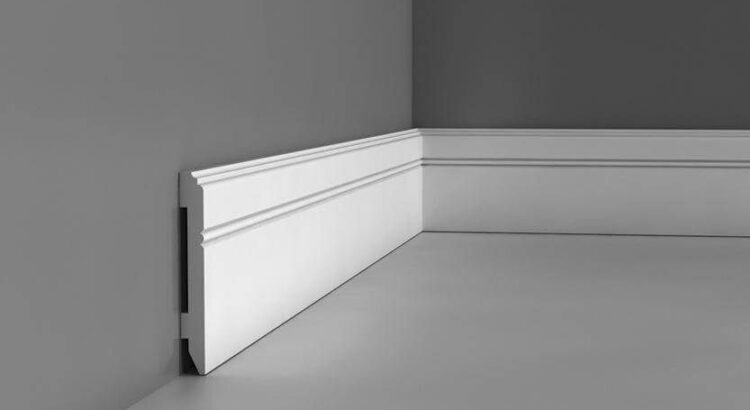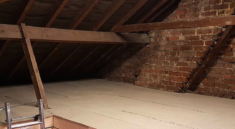In the world of interior design, even the smallest details can make a significant impact. One such detail is torus skirting, a classic choice that adds a touch of elegance to any room. But what exactly is torus skirting, and why is it so popular among homeowners and designers alike? This article will introduce you to the beauty of torus skirting, explore its practical applications, and offer some techniques for effectively incorporating it into your space.
Understanding Torus Skirting
At its core, torus skirting is a type of molding that runs along the base of walls. Its unique design—a convex curve that resembles a rounded edge—provides a smooth transition between wall and floor. This seamless connection not only enhances the aesthetic appeal but also serves practical purposes like protecting walls from scuffs and hiding unsightly gaps.
The charm of torus skirting lies in its versatility. Whether your style is classic or contemporary, this skirting can seamlessly integrate into various design themes. Its simple yet sophisticated look makes it a favored choice for those who appreciate timeless design elements.
Choosing the Right Material
When selecting torus skirting for your home, consider the materials available. Common options include wood, MDF (Medium Density Fiberboard), and PVC. Each material offers distinct benefits and can impact the overall look and durability of the skirting.
Wood is a traditional favorite, known for its natural beauty and strength. It lends warmth and character to any space, making it ideal for period properties or rooms where a touch of nature is desired. On the other hand, MDF is a cost-effective, versatile alternative that can be painted to match any décor. PVC, meanwhile, is lauded for its moisture resistance and ease of maintenance, making it a practical choice for kitchens and bathrooms.
Techniques for Installation
Installing torus skirting requires careful planning and precision to achieve a polished finish. Begin by measuring the perimeter of the room and cutting the skirting boards to fit. Mitre joints are typically used at corners to ensure a neat, professional look. Secure the boards with adhesive or nails, ensuring they sit flush against the walls.
One tip for a flawless installation is to pre-paint or stain the boards before attaching them. This not only saves time but also ensures a uniform appearance without the hassle of painting near floors and carpets. Finally, apply a small bead of caulk along the top edge to seal any gaps and enhance the finish.
Practical Applications of Torus Skirting
Beyond its aesthetic appeal, torus skirting offers several practical benefits. Its role in protecting walls from furniture bumps and cleaning equipment cannot be overstated. It also provides a neat solution for concealing cabling and wires, contributing to a clutter-free environment.
For those looking to sell their home, installing torus skirting can add perceived value. Potential buyers often appreciate the attention to detail and quality finish that skirting boards bring, making the property appear well-maintained and stylish.
Customizing Your Skirting
While the classic torus profile is popular, customization options abound. Consider the height of the skirting to match the room’s proportions; taller skirting can make ceilings appear higher, while shorter skirting complements modern, minimalist interiors. Additionally, experimenting with colors and finishes can personalize your space, whether you opt for a bold contrast or a subtle blend with the walls.
In conclusion, torus skirting is a versatile and valuable addition to any home. Its blend of elegance and practicality makes it a go-to choice for both homeowners and designers. By selecting the right material, mastering installation techniques, and considering its many applications, you can transform your living space with this timeless design feature. Whether you’re renovating an entire home or simply updating a single room, consider the impact of torus skirting as your next design enhancement.




